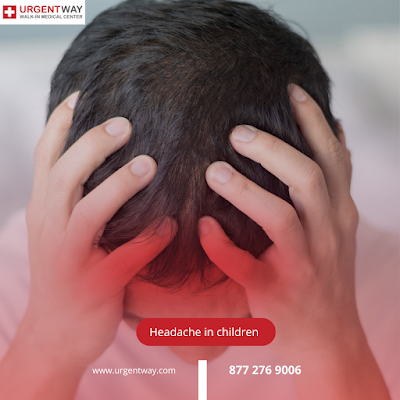Headache in children: What to know

Headaches are not uncommon in children, and they can have various causes. It's important to understand that a headache in a child can be distressing both for the child and the parent. If your child is experiencing headaches, it's advisable to consult a healthcare professional for a proper evaluation and diagnosis. In the meantime, here are some common causes and types of headaches that can occur in children: Tension headaches: These are the most common type of headaches in children and adolescents. They are often described as dull, aching pain on both sides of the head and may be caused by stress, anxiety, poor posture, or inadequate sleep. Migraines: Migraines can also affect children, although they may present differently compared to adults. Migraines in children can cause intense, throbbing pain, often on one side of the head. They may be accompanied by other symptoms such as nausea, vomiting, sensitivity to light or sound, and stomac...


.png)
.png)